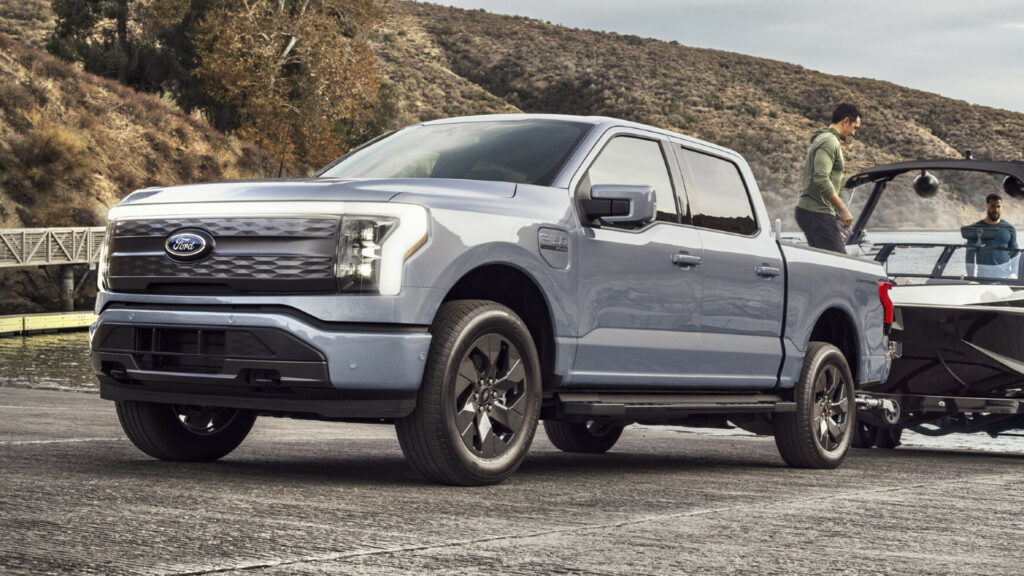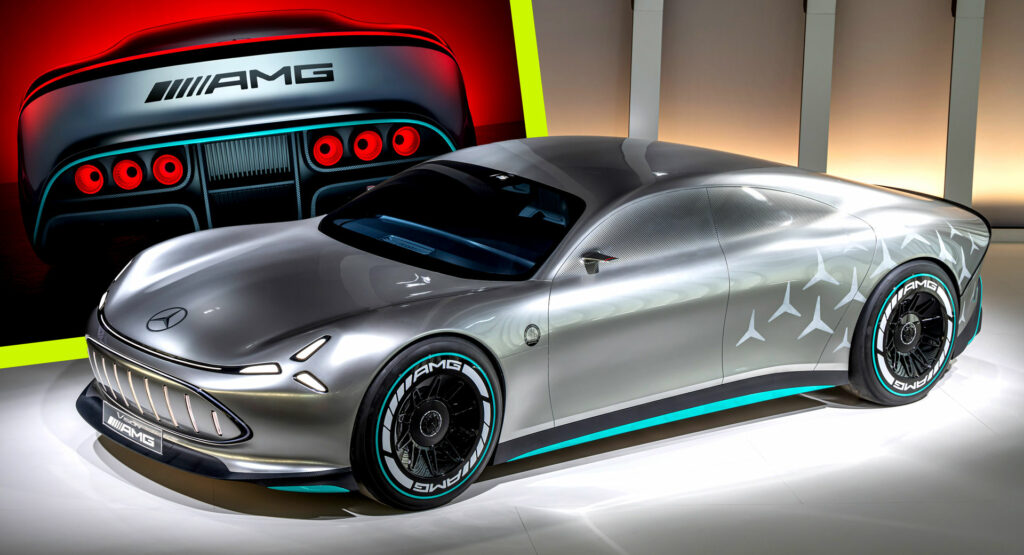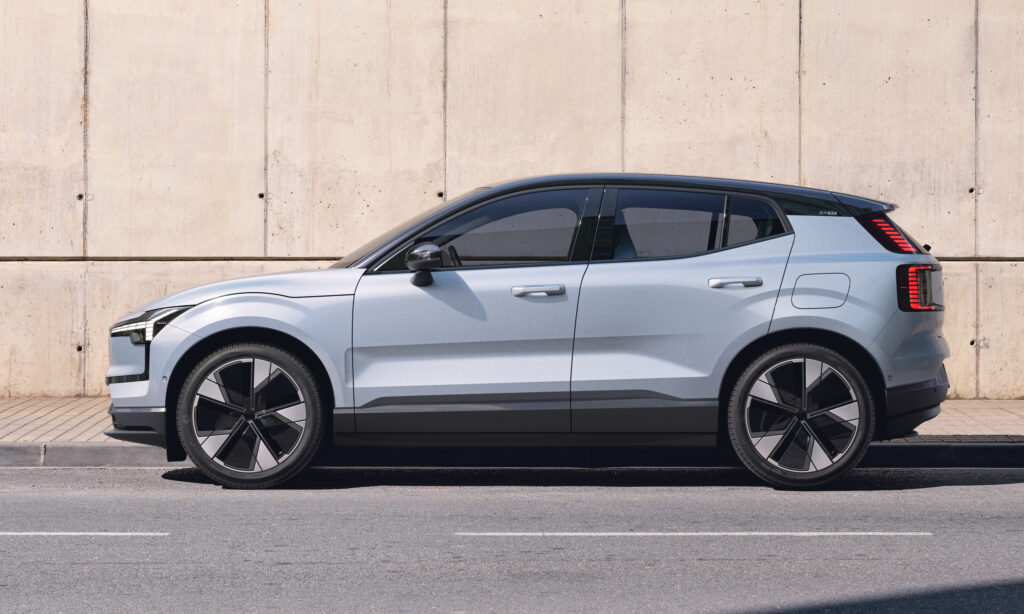The First Electric GTI Isn’t From VW

- Peugeot has revealed an E-208 GTI electric hot hatch at this year’s Le Mans 24 Hours.
- The first electric Peugeot to get the GTI badge has a single motor generating 276 hp.
- Zero to 62 mph takes 5.7 seconds, but the small 54 kWh battery limits range to 217 miles.
VW has promised to put its legendary GTI badge on a production EV before the end of the decade, but one of its biggest hot hatch rivals, a brand with its own back catalog of GTI heroes, has only gone and beaten it to the punch.
Peugeot revealed the E-208 GTI at this year’s Le Mans 24H in France, bringing the GTI badge back to its lineup after a six-year absence and using it on an electric car for the first time. The regular 208 is available with petrol or ICE power, so Peugeot has hinted that it could also create a 208 GTI with a combustion engine in the future, but for now, it’s going all-in on electric.
Related: Peugeot E-3008 And E-5008 Gaining New Performance Variant
The 208/e-208 is built around a version of the e-CMP Stellantis platform used on cars like the Fiat 600 and Alfa Romeo Junior, and so it comes as no surprise that the e-208 GTI shares much with the hot electric version of those cars, the Abarth 600e Scorpionissima and Alfa Romeo Junior Veloce.
It gets the same single electric motor that sends 276 hp (280 PS / 206 kW) and 255 lb-ft (345 Nm) to the front wheels, though Peugeot claims a small performance advantage, saying the GTI gets to 62 mph (100 kmh) in 5.7 seconds, rather than the 5.9 seconds it takes the Alfa and Abarth.
Outmoves the Mini JCW
That makes the E-208 GTI Peugeot’s quickest accelerating GTI ever, and quicker than all three electric Mini Coopers. The punchiest of those, the 258 hp (262 PS / 192 kW) JCW is 0.2 seconds slower to 62 mph, though it will pull clear of the Pug at the top end, reaching 124 mph (200 kmh), rather than 112 mph (180 km) before a limiter stops the fun.
Peugeot
Both have 54 kWh (gross) batteries, but the JCW does more with it, stretching a charge up to 226-250 WLTP miles (364-402 km) while the Pug is reaching for the plug at just 217 miles (350 km). Charge speeds are nothing special, Peugeot claiming a 20-80 percent fill takes “less than” 30 minutes, which is on a par with the JCW, though the 208 proves faster in AC hook-up situations and is the only one to offer standard V2L.
Retro design cues
A 30 mm (1.2 inches) suspension drop and a track widened by 56 mm (2.2 inches) at the front and 27 mm (1.06 inches) at the rear give Peugeot’s latest GTI the kind of square stance that made the classic 205 GTI 1.9 a visual knockout. The 18-inch wheels even pay homage to the 1.9’s rims with their multi-hole design and a center badge whose red GTI letters look like the ones on the badge fitted to the 205’s C-pillar.

There’s more red on the stretched arch flares, the outer portions of the grille, the headlights, and on the four-piston brake callipers, which grab 355-mm rotors. And the red-fest continues inside with red ambient lighting and digital displays (both can be changed to other colors), red floor mats and seatbelts, red stitching on the dashboard and also on the sports seats whose central red stripe again riffs on the design 205 1.9’s half-leather chairs, while the mesh-effect pattern tips a hat to the 1.6 versions’s cloth seats.
With all those nods to Peugeot’s greatest ever hot hatch, let’s hope the driving experience lives up to the promise when the GTI goes on sale later this year, probably priced around £36,000. Besides the better brakes, the GTI package includes retuned springs and dampers, a new rear anti-roll bar, track-friendly Michelin Pilot Sport Cup 2 rubber, and reworked steering assistance, so the signs are good. But the proof is going to be in the driving. How do you rate the E-208’s chances of going down in history as another GTI icon?






































